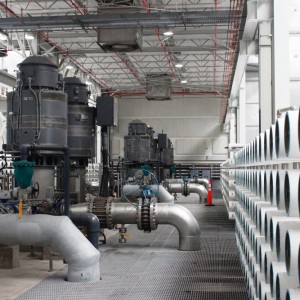The Stream, August 12: Study Finds Extreme Weather Increasing Globally
Climate
Pauses in the jet stream are becoming more common and creating more extreme weather in mid-latitudes around the world, according to a new study published in the Proceedings of the National Academies of Science, the Guardian reported. These “blocking” patterns have more than doubled during summers in the past decade, the research found.
India’s monsoon is set to be 87 percent of the long-term average—the lowest level since 2009—but drought is not expected to be a widespread problem, according to government officials, Bloomberg News reported. Nonetheless, below normal rainfall in early summer led to crop delays and some crop damage, which is expected to push up prices and inflation.
Water levels in Lake Mead, one of the most important reservoirs on the Colorado River, are at historic lows and continue to drop, the Associated Press reported. Farmers and water managers are preparing for future cuts in their water supplies, which could occur as early as 2016 if drought persists.
Water Supply
Thousands of Navajos in Arizona get their drinking water from wells and ponds potentially contaminated with uranium from mining activities, the Arizona Republic reported. Efforts to improve the water supplies are costly—federal and tribal agencies have spent $US 27 million upgrading water systems since 2008, but some communities are still without safe water.
Approximately 35,000 people in Michigan are under water use restrictions due to a massive pipe failure that is spilling nearly 38 million liters (10 million gallons) of water each day, the Associated Press reported. Failing water systems are a serious concern in many United States cities with aging infrastructure.
A news correspondent for Circle of Blue based out of Hawaii. She writes The Stream, Circle of Blue’s daily digest of international water news trends. Her interests include food security, ecology and the Great Lakes.
Contact Codi Kozacek






Leave a Reply
Want to join the discussion?Feel free to contribute!